Follow us on social networks
Marketplace
The oldest of the standard dances is the waltz, whose origins can be traced back to the 12th century. Together with the polka and the gallop, it dominated the dance scene of the 19th century. A revolution in ballroom dancing began at the beginning of the 20th century. The first dance forms from America came to Europe, including the tango in 1907, the onestep in 1910 and ragtime in 1912.
During the First World War, dancing was forbidden in France and Germany. It was different in England: bands from America played there to the new dances. The essential feature of these dances was the departure from the classical ballet basis and a turn towards natural forms of movement as well as the adaptation to the rhythm, which was mainly dictated by jazz music.
The round dance movement characteristic of the old dances was replaced by walking movements, which were initially still started with the ball of the foot. The turns were no longer the main part of the dances, but only a part. The dance posture was by no means as fixed as it is today, people danced either without body contact or - as in the "old" dances - in close cloth contact, which was often offensive at the time.
The English Waltz was developed in 1921 from the old Waltz and the straight-ahead Boston as a wide-ranging revolving dance. In the beginning it was more a dance with a forward striving character, a "dance of passing feet" in the style of the Boston or the Slowfox. Later, due to the increased degree of turning at the end of the bar, the feet were closed. As the full turns proved to be problematic, the dance was given a diagonal structure by dancing only 3/4 of a turn in each of the right and left turns.
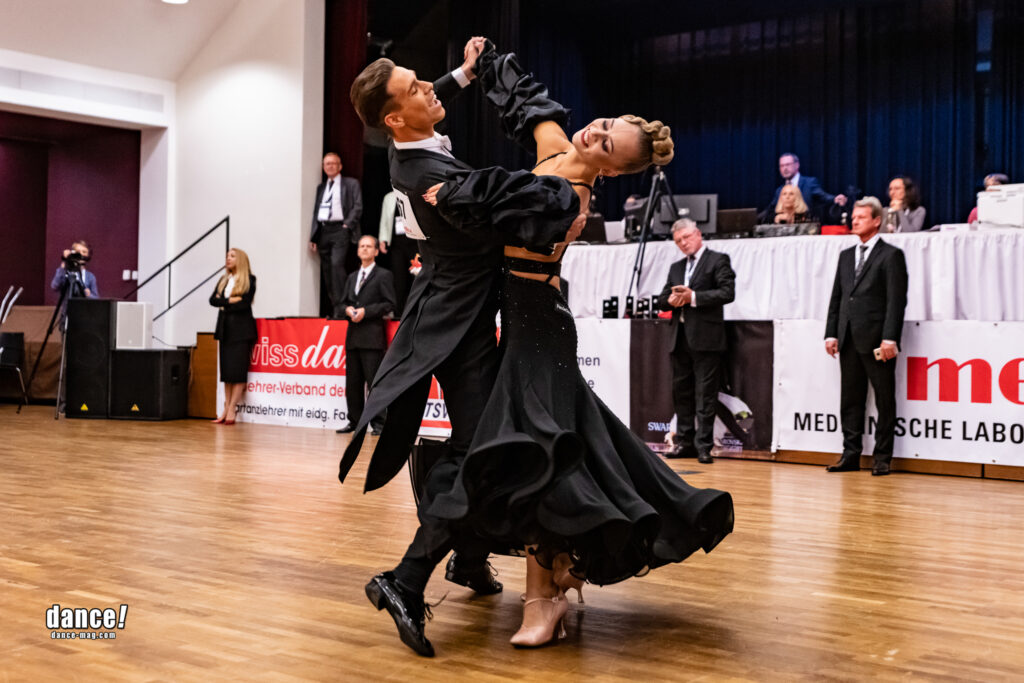
The tango, the name originally meaning dance or dance festival, first found its way into the simple form of the milonga tango. In several conferences in the early twenties, the basic elements and figures of the English style were sketched out. To this day, there is no really documented and concrete history of the tango. Numerous sources partly contradict each other, but it is considered certain that the musical character was strongly influenced by Sicilian cantatores. The Habanera and the Milonga, as well as flamenco influences, are primarily considered to be the "ancestors".
At the "Great Conference" in 1929, a general resolution established Slowfox, Quickstep, English Waltz, Tango and Blues as standard dances. Simple figures and the tempos for the individual dances were determined in this resolution. After 1930, many new figures were added, but essentially the standard dances are not danced much differently than they were then. This style is still valid today for everyone and not only for ballroom dancers.
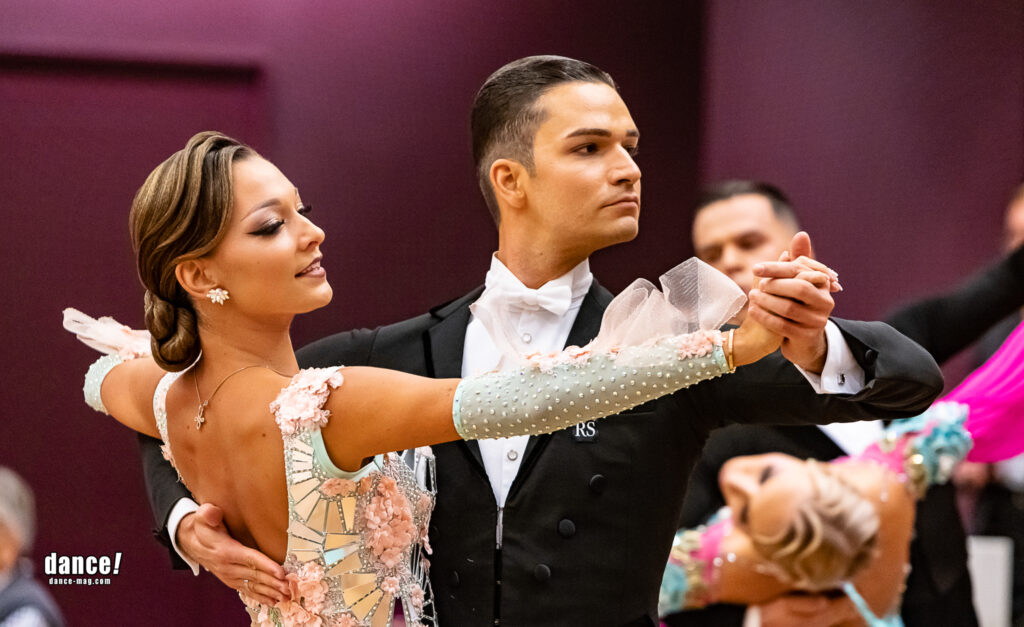
A decisive event was the inclusion of the Viennese Waltz in the group of standard dances in 1951, choreographed by the German dance teacher Paul Krebs. Although a very late addition, it is our oldest dance. It can be traced back to the 12th century and has developed into its present form through a variety of influences. The most important ancestors were the Langaus (as much way as possible with as few turns as possible) and the Dreher (turn in place as much as possible). It was banned several times under the pretext of immorality and health hazards.
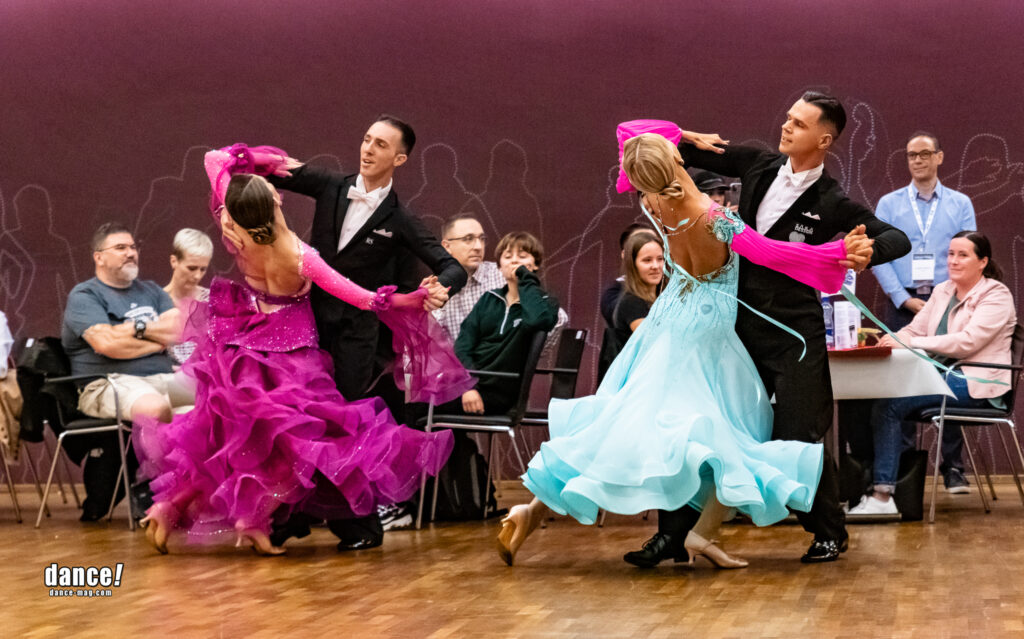
The Foxtrot, which had developed from Jig and Ragtime, among others, with its alternating fast and slow steps, displaced all other dances and became the forerunner of the so-called "English style". The slow form, the Slowfox(Slow Foxtrot), developed after 1900 from ragtime and American marching music.
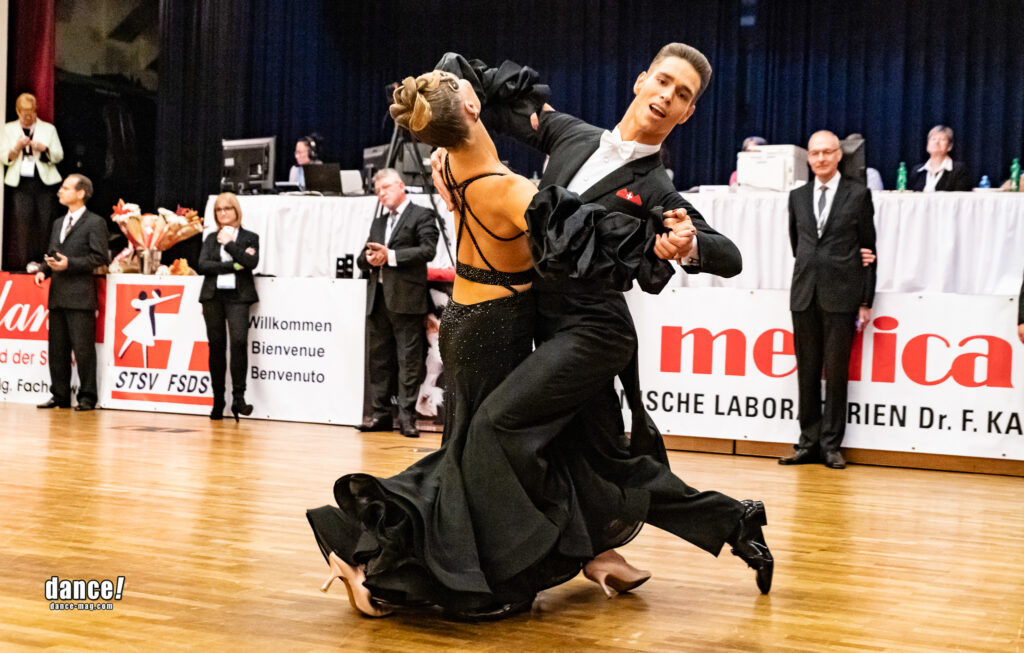
A mixture around 1924 with the fashionable dances of the time such as Charleston, Onestep and Ragtime led to the somewhat unwieldy name of a new dance, the "Quicktime Foxtrot and Charleston", from which the more monolingual term Quickstep was formed.
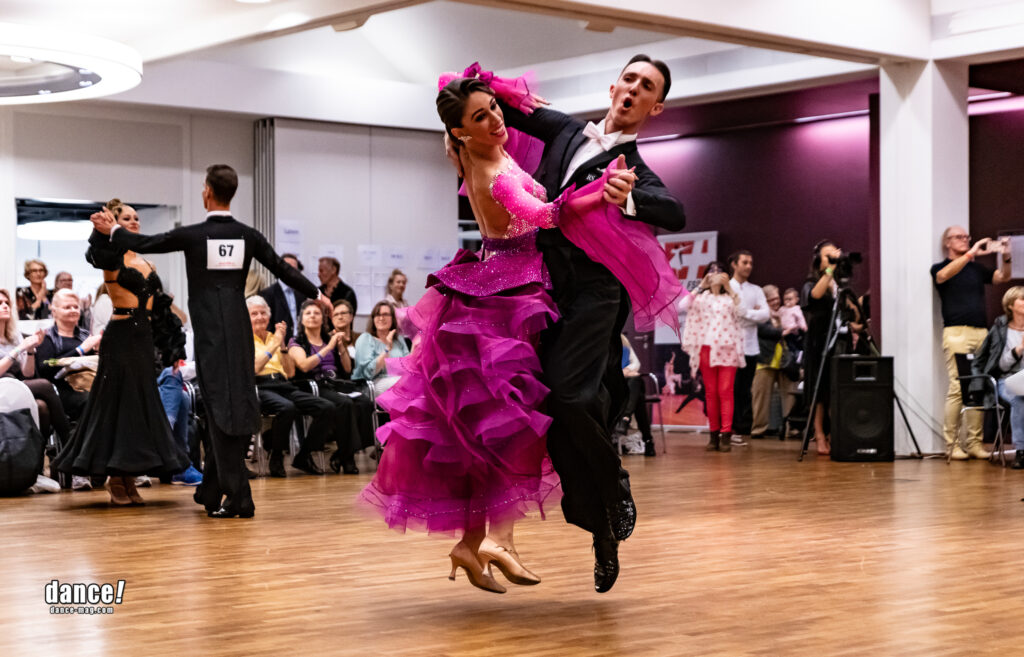
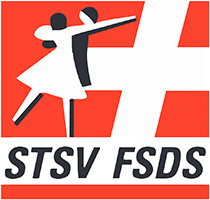
SWISS DANCESPORT FEDERATION
| Cookie | Dauer | Beschreibung |
|---|---|---|
| cookielawinfo-checkbox-analytics | 11 months | This cookie is set by GDPR Cookie Consent plugin. The cookie is used to store the user consent for the cookies in the category "Analytics". |
| cookielawinfo-checkbox-functional | 11 months | The cookie is set by GDPR cookie consent to record the user consent for the cookies in the category "Functional". |
| cookielawinfo-checkbox-necessary | 11 months | This cookie is set by GDPR Cookie Consent plugin. The cookie is used to store the user consent for the cookies in the category "Necessary". |
| cookielawinfo-checkbox-others | 11 months | This cookie is set by GDPR Cookie Consent plugin. The cookie is used to store the user consent for the cookies in the category "Other. |
| cookielawinfo-checkbox-performance | 11 months | This cookie is set by GDPR Cookie Consent plugin. The cookie is used to store the user consent for the cookies in the category "Performance". |
| viewed_cookie_policy | 11 months | The cookie is set by the GDPR Cookie Consent plugin and is used to store whether or not user has consented to the use of cookies. It does not store any personal data. |
Follow us on social networks
Marketplace

Together with our media partner Swiss Sport TV, we are offering an uncommented live stream with all decisions and award ceremonies from the Trafo Cup in Baden. So if you can't be there,
is nevertheless there live.
Sign up to receive updates, promotions, and sneak peaks of upcoming products. Plus 20% off your next order.